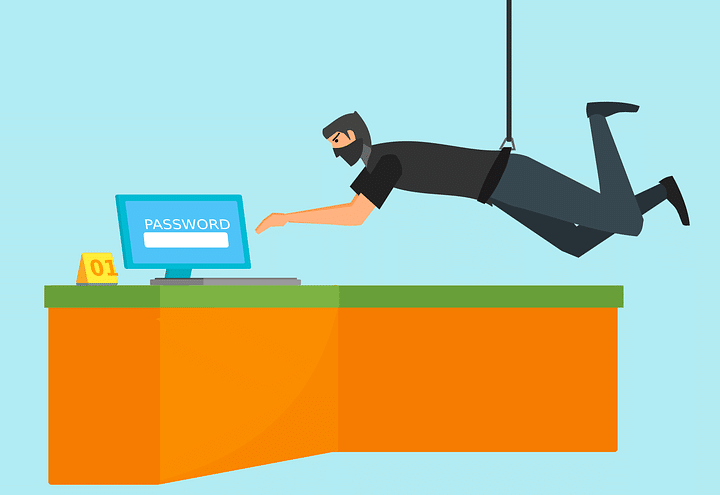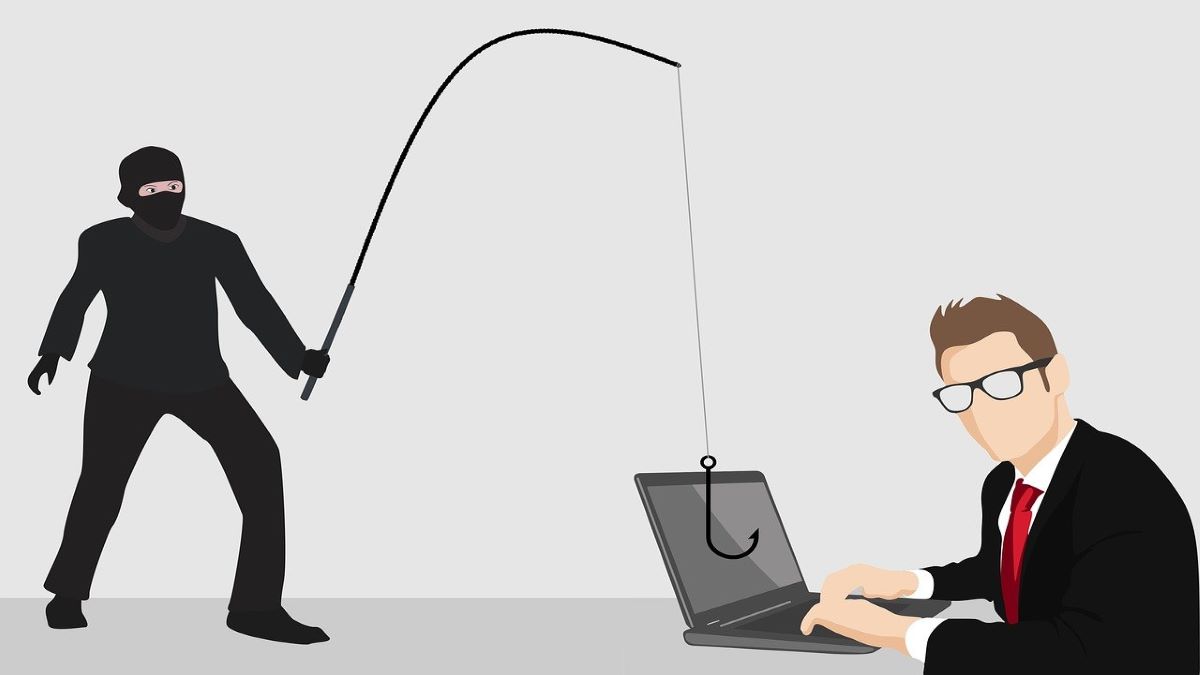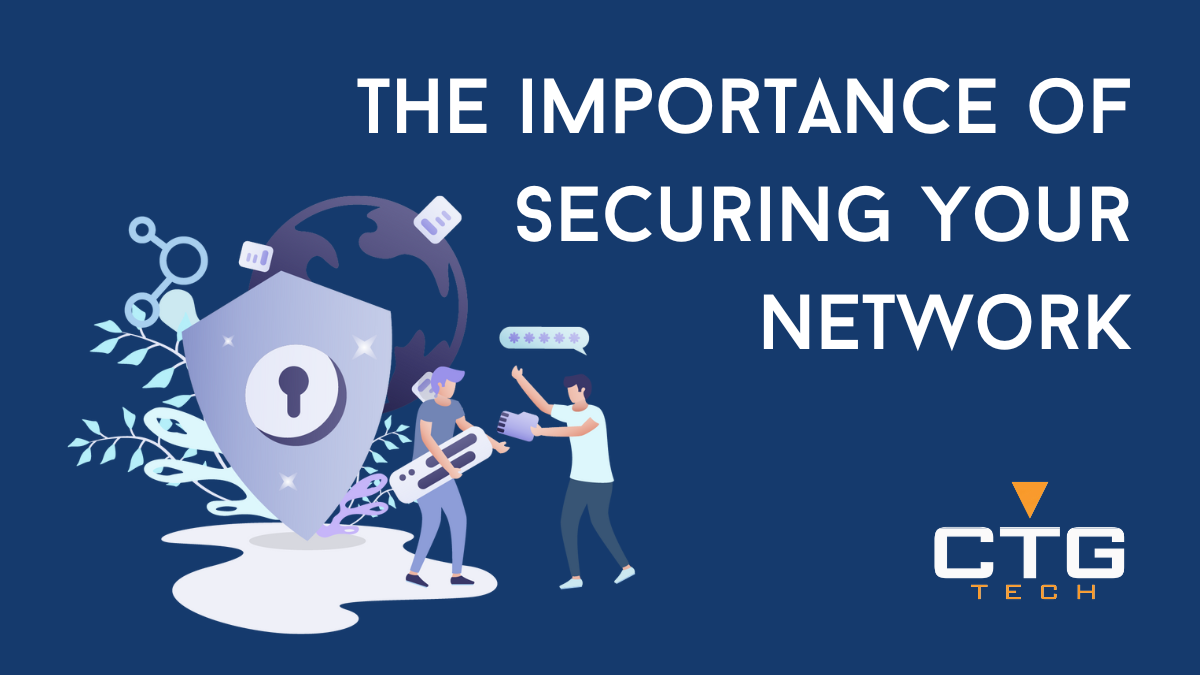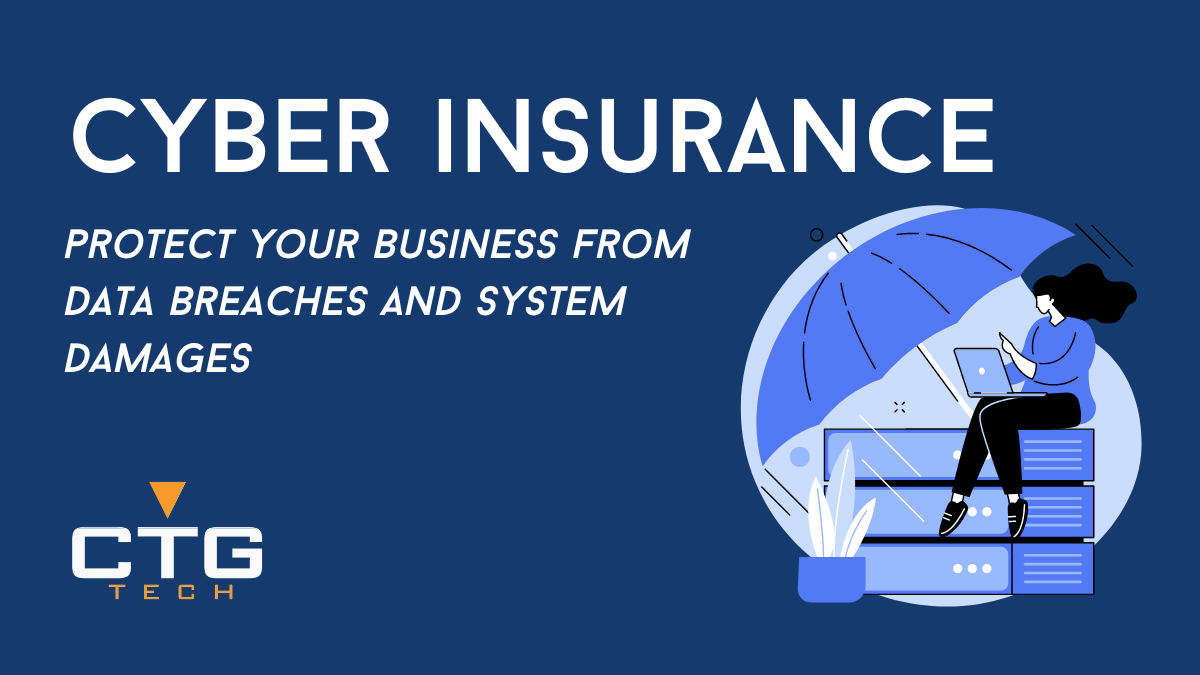Learn What’s a Phishing Attack and How to Not Fall for It
What might look safe and harmless at first glance on the Internet might be a phishing attack in disguise. One of the biggest and most sophisticated cyber threats is phishing the attackers who falsely assume a legitimate identity to accomplish their furtive malicious purpose which is often stealing confidential user data.
Even though everyone’s at risk, businesses and employees are often the prime targets. While it is of course important for businesses to have robust security measures in place for protection against such attacks, it is also important for businesses and their employees to avoid falling victim to such an attack in the first place. This would require understanding everything there is to know about phishing, and that is what this article explores in depth.
What is a Phishing Attack?
A phishing is a type of cyber-attack that relies on using social engineering techniques to dupe the users. This attack can come through any number of online channels such as an email, a website, or an instant message. Sometimes phishing scams may also come in the form of text messages or via social media. The perpetrator poses as a legitimate entity to gain the trust of the user and then prompts them to perform a certain action through manipulation. The users may be asked to willingly share their sensitive information, open an infected attachment, or click on the link to a malicious website.
What follows next is bad news for the user. The aim of the perpetrator through the phishing attack is to get a hold of the user’ s private data like passwords, network credentials, bank account details, credit card data, etc. The attacker may then use the stolen data for selling or for any other unauthorized purpose. From user funds to even user identity, everything is at risk in a phishing attack. These are some risks for an individual. What about when it is a business and its employees on the receiving end of a phishing attack?

A business also has an extensive range of sensitive data to protect; a phishing attack directed towards a business might be an attempt to gain access to this organizational data. Phishing attacks that are not thwarted effectively in time may spiral into something much more serious and financially impair the business.
Why Do People Fall for Phishing Attacks?
One may wonder why people get deceived by phishing attacks anyway? For the most part, the phishing emails do stand out in the inbox. The language used in the email is often a giveaway. And yet, people can’t seem to resist the temptation served in these phishing emails. The reason why phishing attacks continue to be successful is because the content used in these attacks employ psychological and emotional manipulation. The content may play on the user’s fear or greed for something. It may raise the feeling of urgency or curiosity in the user. The idea behind these attacks is to use a message that instantly hooks the user.
Another reason why phishing attacks may go undetected is because they appear to be quite believable to the user. For example, user may be tricked into thinking that sender of the email is someone they know, in which case user wouldn’t second guess the credibility of the email. If the phishing email claims to come from an organization, then it may contain brand-specific graphics like logos. Even the website link embedded into such emails seems like it is genuine. The content of the email may mention recent news or any holiday or event, giving user reason to believe that the email is real deal.
The tricks and methods commonly used in phishing attacks give these attacks an appealing resemblance, making it difficult for users to see beyond the facade and understand what’s actually going on. Therefore, it’s no wonder why phishing attacks succeed in misleading the users.
Being Better Prepared to Spot a Phishing Attack on You
Having an eye for detail is essential for detecting a phishing attempt. No matter how deceptive phishing attacks are, you can easily spot them if you cautiously look out for some key clues. Here’s an overview of these important clues:
- Emails that outright ask for your personal information or request you to confirm the same. For example, if you receive an email saying that it’s from your bank and that they require your sensitive bank account or credit card access details, you should know right there that the email is fraudulent. In fact, banks often issue messages in the interest of their customers, warning them against such scams and informing them that they would never ask for such details.
- Pay attention to who is the sender of the email. The attacker would want you to believe that the sender is a renowned or credible entity and they would design the email address accordingly. A closer study of the sender’s email address would reveal that it is only a spoof on the real thing.
- A malicious web page where you land after following a link can be identified in various ways. The web address of the page would be dotted with mistakes like misspellings. There would be typographical errors in the content of the landing page too. Another thing that should strike you as strange about a web page is if it doesn’t have proper header, footer, and other navigation links. Since collecting information is the primary goal of a phishing attack, the web page would in all probability consist of some type of form asking for details.
- The email tempts you with an offer that’s too good to be true. It could make you a promise of a free vacation or it could tell you that you’ve just won big money. The email will then go on to request you to divulge some personal information or do some other action in order to get your free vacation or prize money. In addition to temptation, fear is a tactic used as well in phishing. The email might say something like your account is hacked and you need to take an urgent action to remedy that. The intent of such an email clearly is to alarm you and drive you to do what the email is instructing out of fear.
- The greetings used in phishing emails are generic; they wouldn’t address you by your name. By keeping this in mind you will be able to avoid at least the bulk phishing emails. Be informed that there’s also a type of phishing known as spear phishing in which the attack is targeted and hence personalized.
What Should Businesses Do to Protect Themselves?
Businesses would need a comprehensive security plan to safeguard themselves against phishing attacks, including everything from implementing spam filter and web filter solutions to educating the employees about phishing. The guidance and support of an experienced managed IT services provider would prove quite beneficial for the businesses. With the help of their MSP, businesses will be able to establish a strong defense system for maximum protection against phishing.




